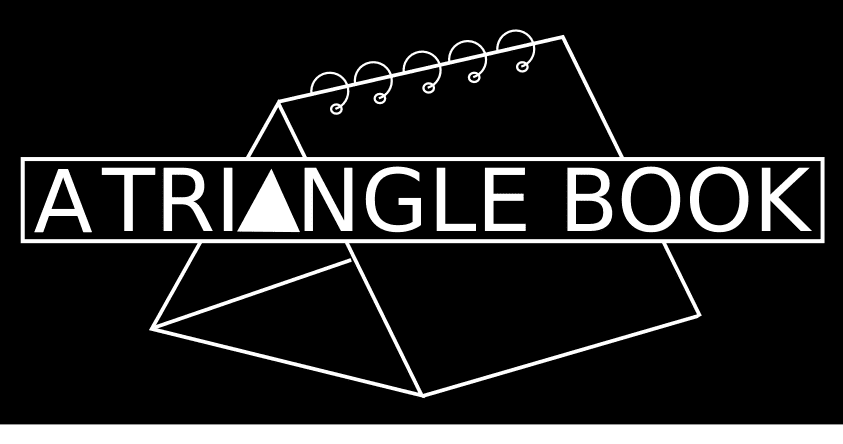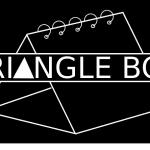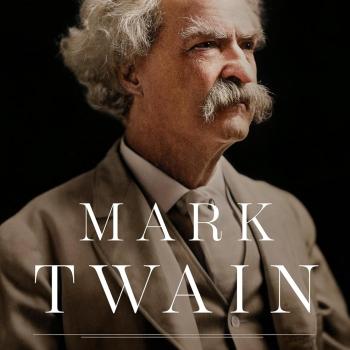 I first developed my “self-supporting book” invention in March, 2009. (It wasn’t any good and went through several improvements over the years. I now own two patents for two different embodiments of this invention. See “My Second Patent,” posted on this blog on September, 30, 2017.)
I first developed my “self-supporting book” invention in March, 2009. (It wasn’t any good and went through several improvements over the years. I now own two patents for two different embodiments of this invention. See “My Second Patent,” posted on this blog on September, 30, 2017.)
My patent attorney filed a patent application for this invention months later in the same year, 2009. We also filed an application for the trademark “A Triangle Book” for this invention. My patent attorney did a search for this name and learned that it was not owned. This was affirmed by the United States Patent and Trademark Office.
On May 18, 2010, I was searching the web trying to learn about mass market paperback books. I was reading about their history and discovered that the name “Triangle Books” had a significant role in the history of the creation of the mass market paperback book.
The mass market book was first introduced into the book publishing industry in Germany in 1931 by Kurt Enoch. He did it with a start-up publishing company named Albatross Books. He gave it this name because he decided on an albatross bird as its logo. It was mostly because the word “albatross” is common to several languages. Thus, his company logo was a bird. The company’s cheap, mass market book began selling quite well. But the Nazi regime soon confiscated the company, and Kurt Enoch fled to England and, later, to the U.S.
Allen Lane, in England, was next to follow Enoch’s successful but short-lived Albatross Books venture. Lane knew of Albatross Books. He admittedly copied it in 1935 when he founded his mass market book publishing company. And he named it Penguin Books by choosing a penguin bird for his logo since Enoch had used a logo of a bird for his company. Lane’s idea hinged on his making a deal with the F. W. Woolworth discount chain store. Lane pitched his mass market book idea to Woolworth’s head buyer. The man was about to reject Lane’s idea when the buyer’s wife walked into the room. She saw the penguin logo Lane had chosen for his books and said to her husband that it would look good on a product in Woolworth’s bargain shelves. The buyer then accepted Lane’s proposal. Penguin mass market books instantly became successful.
American Robert Fair DeGraff was a cousin of successful publisher Nelson Doubleday. In 1936, DeGraff went to work for Blue Ribbon Books and soon became its president. It was one of the four largest U.S. publishers of cheap, hardcover, reprint books that sold for 95 cents each.
DeGraff became convinced that for his Blue Ribbon Books company to stand out, he needed to lower the retail price of its books to an astounding 25 cents each. But in reducing all possible costs, he was only able to lower the total cost to 30 cents per book and therefore sell them at 38 cents retail. He named this experiment Triangle Books, which became an imprint of Blue Ribbon Books. Publishers Weekly soon ridiculed DeGraff for his Triangle Books experiment.
DeGraff’s Triangle Books consisted of cheap, hardcover books with stitching. He decided that the only way he could accomplish his goal of creating a 25 cent retail book was to replace the hard cover with a soft cover and use a new kind of glue that had been developed rather than the customary book stitching. In 1938, DeGraff presented this soft cover, mass market book idea to Simon and Schuster. This new company had started out only publishing crossword puzzle books. They accepted the idea. Thus, the two companies became partners in what DeGraff named Pocket Books. It signified that such a book could easily be carried in a guy’s pants pocket. Pocket Books thus replaced DeGraff’s Triangle Books venture. DeGraff finally did achieve his goal: Pocket Books initially sold for 25 cents apiece retail.
In conclusion, the mass market paperback had three revolutions that began as follows: (1) Kurt Enoch’s Albatross Books in Germany in 1931, (2) Allen Lane’s Penguin Books in England in 1935, and Robert Fair DeGraff’s Pocket Books, replacing Triangle Books, in the U.S. in 1938.













